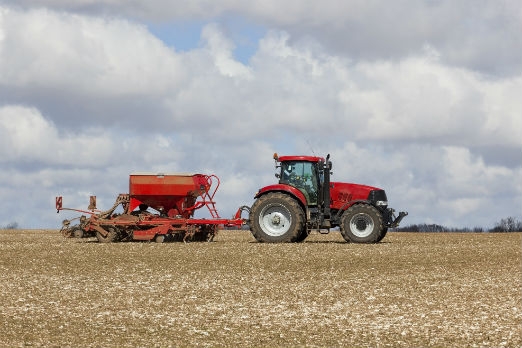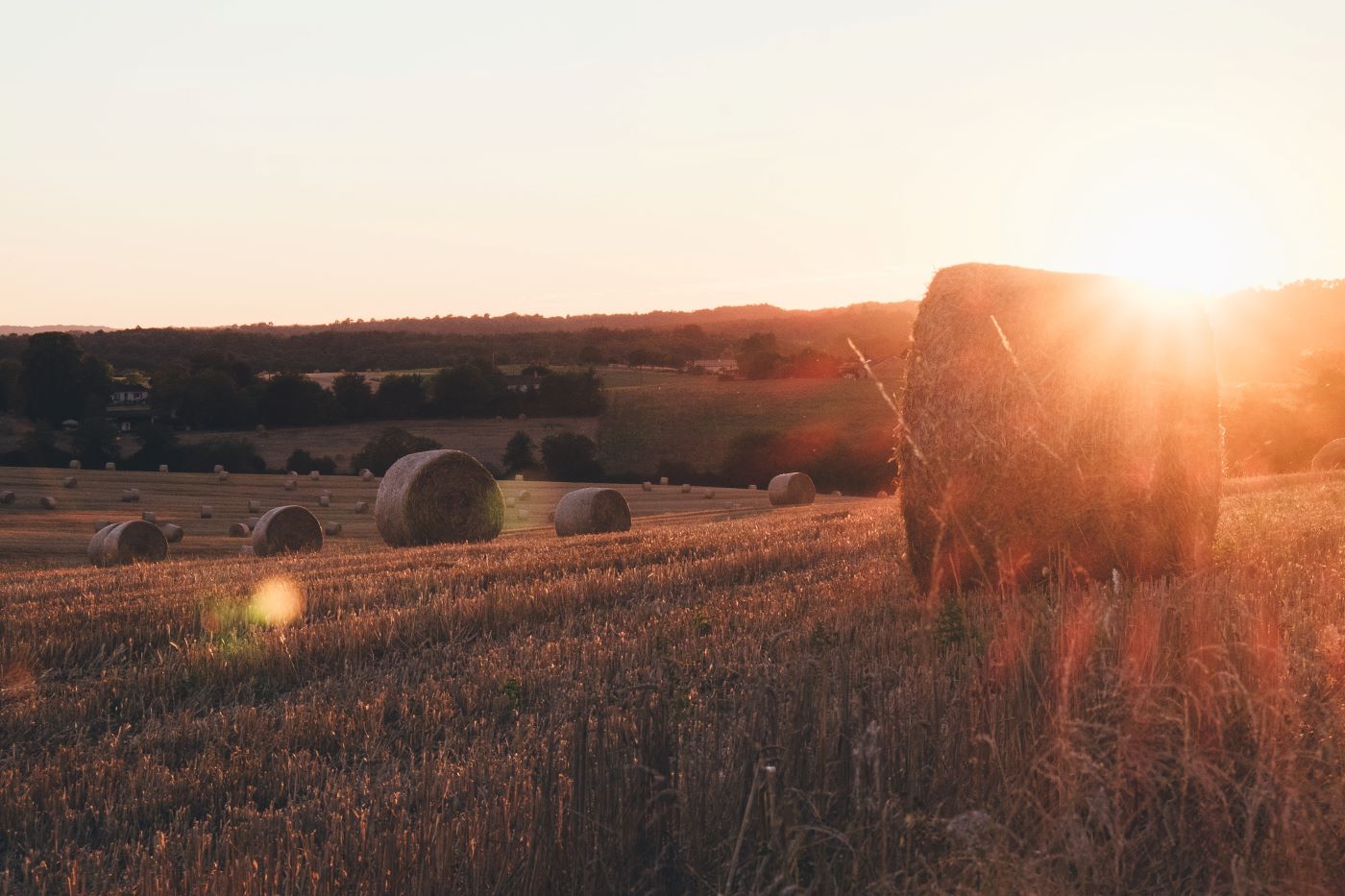Post Second World War, farmers were paid to produce high levels of food to secure supply. With growing food mountains in the 1980s, policies moved to repair the environment after decades of more intensive farming had caused much damage to habitats and landscapes. But farming now faces multiple challenges to meet the rising demand for food while restoring lost and damaged nature. The challenges are global and local: in England we need the countryside for food and much besides, including minerals and energy, recreation and inspiring landscapes, wildlife and heritage.
Farming needs to evolve to meet these multiple challenges and demands and to become sustainable and resilient for the long term. It needs to become fit for a challenging future. It has the potential, but the Government must lead where the market cannot and provide incentives for sustainable farming to develop.
Numerous problems must be resolved in the farming system we have:
- Low farm-gate prices are undermining financial viability; many - perhaps 50% - of farms depend on basic subsidy to survive; producers in the UK earn just over £9 billion of our national food spend of £200 billion.
- Loss of farms: one third of UK farms have disappeared in just ten years; UK dairy farms went down from 35,000 in 1995 to no more than 10,000 in 2015.
- Damage to soils in England and Wales alone costs farmers and society an estimated £1.2 billion a year in lost production, flood damage, lower water quality and other costs.
- Our best farmland continues to be built on and lost to food production forever at 8,650 acres a year since 1989.
- We continue to lose wildlife at an appalling rate: with a decline of three in five of all species over the past 50 years; populations of wetland, wood and farmland birds have all fallen since 1970; over three quarters of butterfly species are in decline.
- Run-off from farms is contributing to poor and deteriorating water quality: less than 25% of rivers have good or high water quality; in over 40% it is bad or poor.
- Industrial-scale livestock farming is on the increase leading to more traffic and its noise, pollution from manure and visual intrusion on the landscape; there are already some 20 megadairies in England and Wales with 700 to 2,000 cows, kept indoors all year round.
- We throw away 15 million tonnes of food annually in the UK across the food chain, meaning we squander the land, energy, labour and other resources used to produce it.




